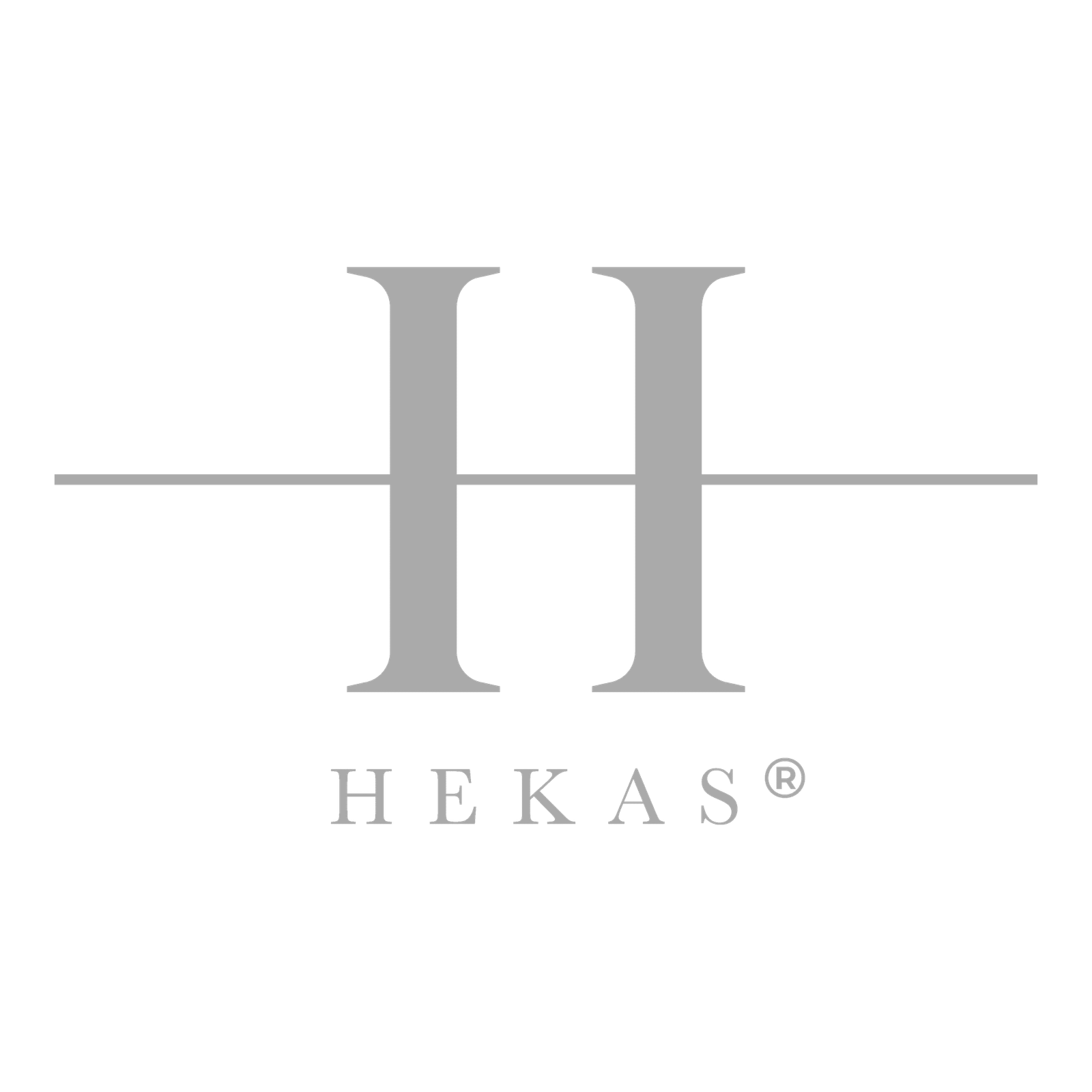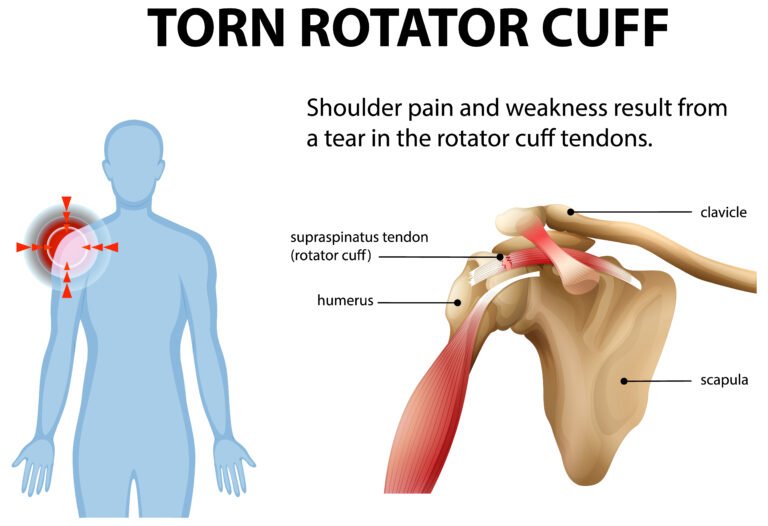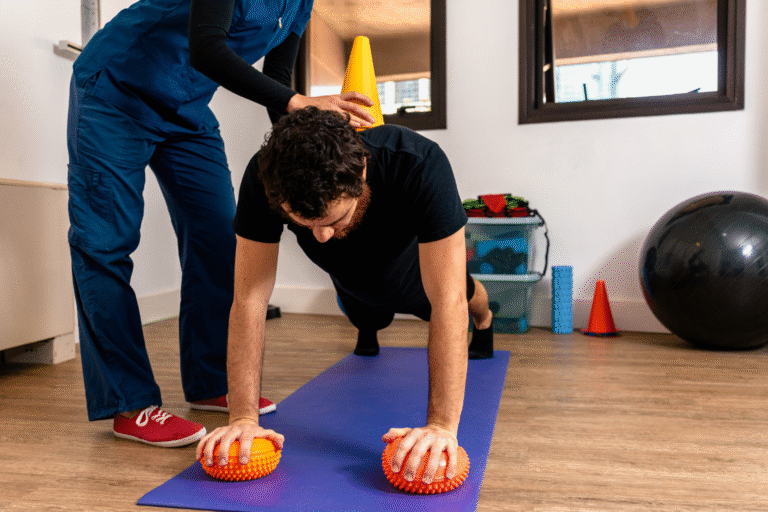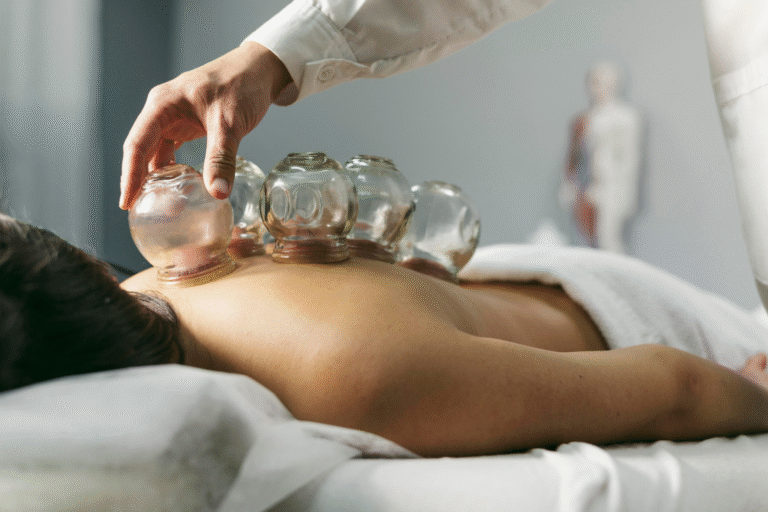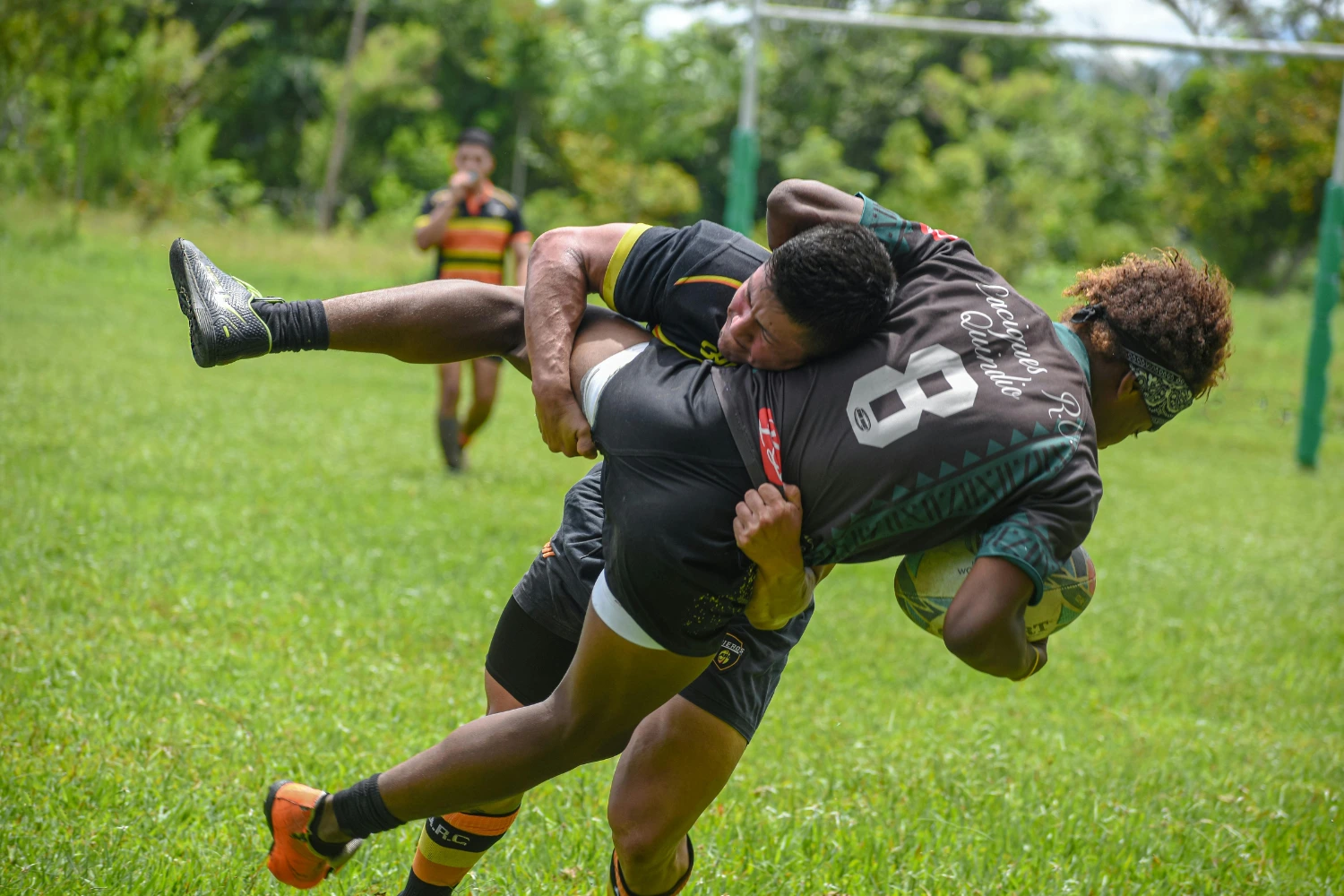
Ice Bath or Hot Shower After a Muddy Rugby Match: A Tale of Recovery Choices
You’ve just battled through 80 minutes on a soggy pitch, mud caked from boots to brow, your body aching from bone-rattling tackles and relentless movements. As you limp into the dressing room worrying about your recovery, the lads are already at it, debating like it’s the World Cup final: ice bath or hot shower? Your legs feel so heavy, your shoulder’s throbbing from that last hit, and all you want is to feel human again. So, which do you choose to recover like a pro?
Here’s the story of when to go cold, when to go hot, and how to weave them into your rugby recovery, sprinkled with a bit of wisdom from Hekas Sports Therapy to get you back on the pitch.
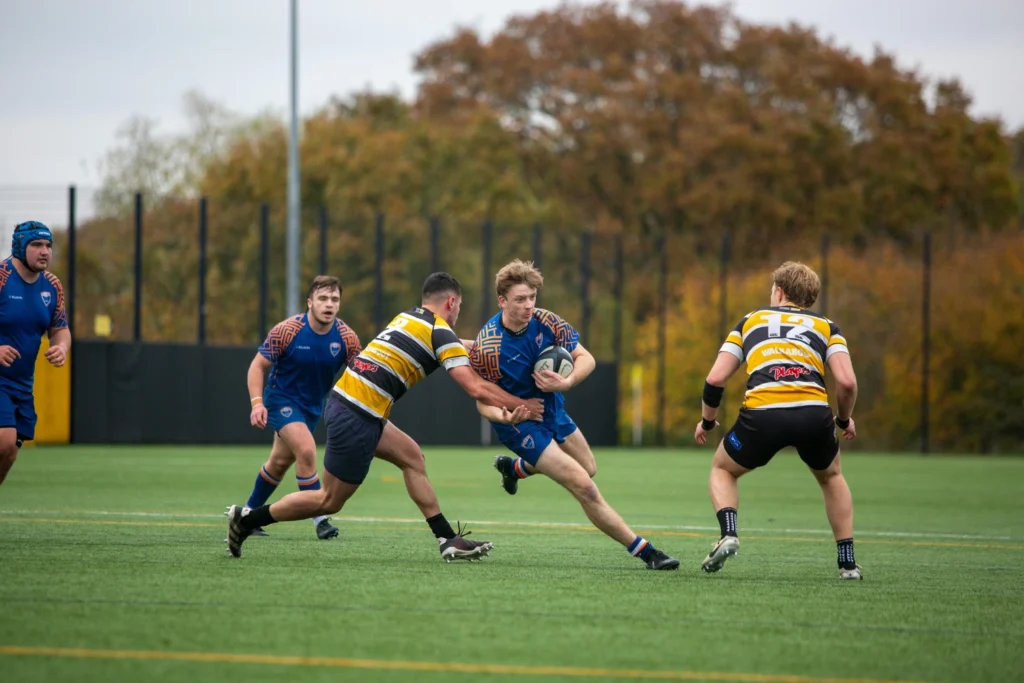
What’s actually happening? (Cold vs heat)
- Cold (ice bath/cold plunge): This narrows blood vessels and slows local metabolism and nerve conduction. That means less swelling, less “throb”, and a temporary dampening of pain. Useful when you’ve taken hits or feel “puffy”.
- Heat (hot shower/bath): This one is interesting; it dilates blood vessels and boosts circulation. That means looser muscles, easier movement, and a calming effect on the nervous system. Useful when you’re tight, shivery, or wired.
When to pick an ice bath after rugby
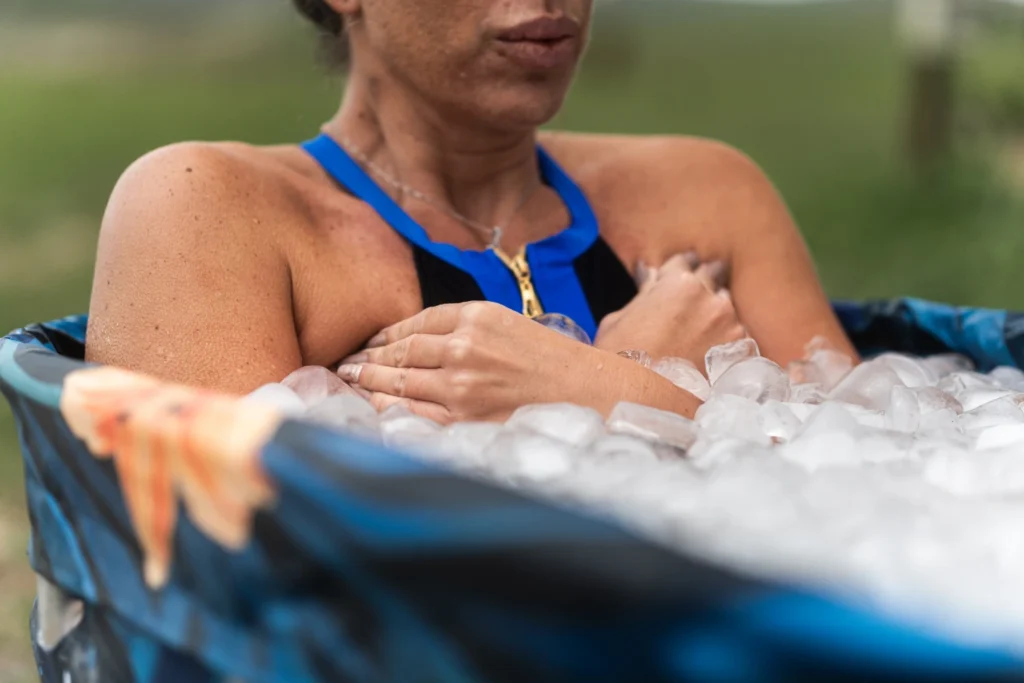
It can be quite tricky to know when you actually need an ice bath, so this is a guide to help you. You can choose cold if any of these are true:
- You’ve picked up impact soreness (tackles, rucks) with swelling or a sense of heat in the tissue.
- You have a tight turnaround before your next session or match and want to blunt soreness enough to move tomorrow.
- You’ve got minor sprains/strains that feel hot or angry (not a suspected tear), and you want to control inflammation.
How cold? & How long?
You need to keep moving your ankles/knees/hips gently while you’re in with no statue shivering.
Aim for 10–12°C water (cold tap + ice if needed).
8–12 minutes total is plenty, while beginners can do 2–3 x 3–4 mins, stepping out to warm up briefly between bouts.
When to dodge the ice:
- You’re shivering from a freezing match; you need to warm up first, or you’ll be shaking like a rookie in their first lineout.
- You have circulatory issues or numbness (check with a clinician).
When to Sink into a Hot Shower
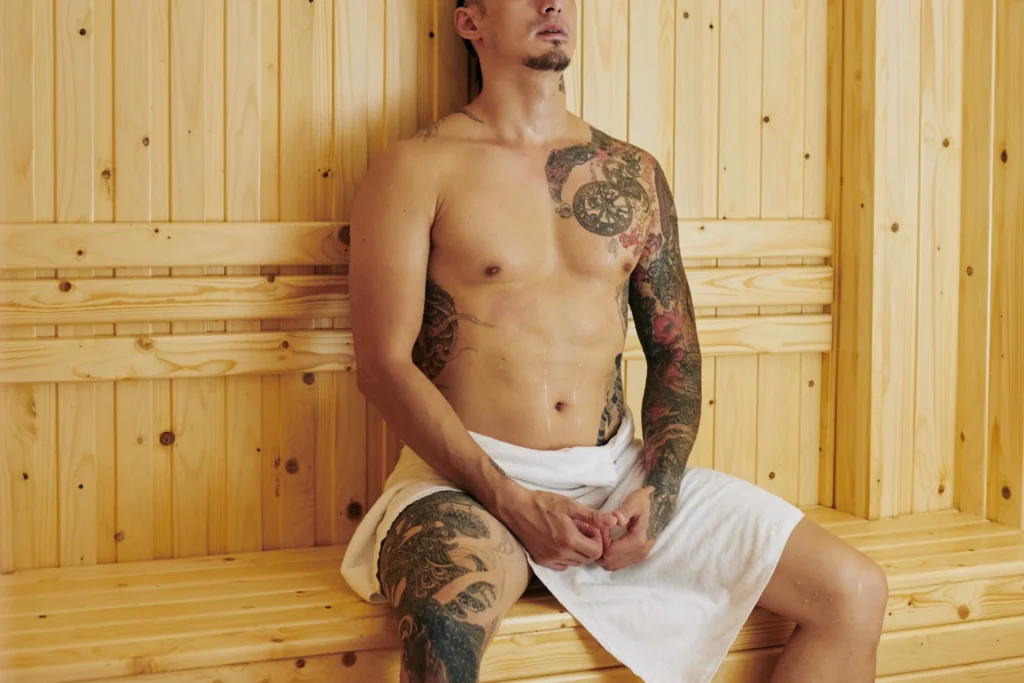
Fast-forward to the evening after the game. You’re home, still buzzing from the match, but your body’s stiffening up, and the cold from the pitch lingers in your bones. A hot shower is your hero here. Choose heat when:
- You’re creaky and chilled from a winter slog.
- You need to calm down and sleep, especially on match night.
- DOMS kicks in the next day, and you want to loosen up for a recovery run or mobility work.
How to bask in the warmth:
- Temperature: Warm, not lava-hot, just cosy, not scalding.
- Time: 10–15 minutes in a shower or 10 minutes in a bath.
- Pro move: Pair it with gentle stretches (neck rolls, hip circles, and spine twists) and slow, deep breaths to melt tension.
When heat betrays you:
- Skip it for fresh sprains, bruises, or swollen joints—heat can make swelling worse. Start with cold for those.
Simple at-home protocols
If you’re bruised and sore (need quick turnaround):
- Rinse mud off, refuel (carbs + protein) and rehydrate.
- Cold plunge: 8–12 minutes total at 10–12°C.
- Compression socks/shorts for a few hours and elevate legs if they feel heavy.
- Evening: gentle mobility and breathing, keep heat minimal on acute spots.
- Next day: contrast shower, light aerobic flush, and book hands-on work if tightness persists.

Common mistakes to avoid
- The Arctic Overreach: Don’t play hero with freezing, marathon ice baths because too long or too cold makes you tense and sleepless. Stick to 8–12 minutes.
- Heating the Wrong Wound: A swollen ankle or fresh bruise? Heat’s no friend, and it’ll worsen the puff. Go cold first.
- Skipping the Essentials: No bath outshines sleep, food, water, or light movement. Don’t skip these for a fancy soak.
- One Fix for All: A sore hamstring isn’t a sprained ankle or a bruised shoulder. Treat each niggle as its own tale.
How Hekas Sports Therapy Writes Your Comeback
In the muddy, bruising world of rugby, recovery isn’t just about baths, it’s about a plan. At Hekas Sports Therapy in Manchester, we craft your recovery story with:
- Intensive Sports Massage: Picture a skilled therapist kneading out the knots in your calves, hip flexors, or neck, syncing with your hot/cold routine to restore movement without stirring up trouble. Search “sports massage Manchester”, and Hekas is your go-to for post-match resets or midweek tune-ups.
- Sports Rehabilitation & Recovery: We don’t just rub it better. We assess your niggles, screen your movement (think ankle wobbles or weak glutes), and write a bespoke rehab plan that fits your match schedule.
A Hekas recovery week might look like:
- Sunday (Day +1): Contrast shower, then a 30–45-minute massage targeting tight spots, plus mobility homework to keep you moving.
- Tuesday: Quick check-in, maybe some power or plyo prep with cues to load safely.
- Thursday: Pre-game massage to loosen you up.
- Saturday: You’re back on the pitch, ready to rumble.
Got a nagging shoulder stinger or a wonky knee? Book a Hekas Rehab & Recovery assessment. We’ll sort normal post-match grumbles from red flags needing taping, rest, or scans.
Your rugby story doesn’t end in the mud. With the right mix of ice, heat, and expert care from Hekas Sports Therapy, you’ll write a comeback that keeps you charging through the season. Visit us in Manchester to start your next chapter.
